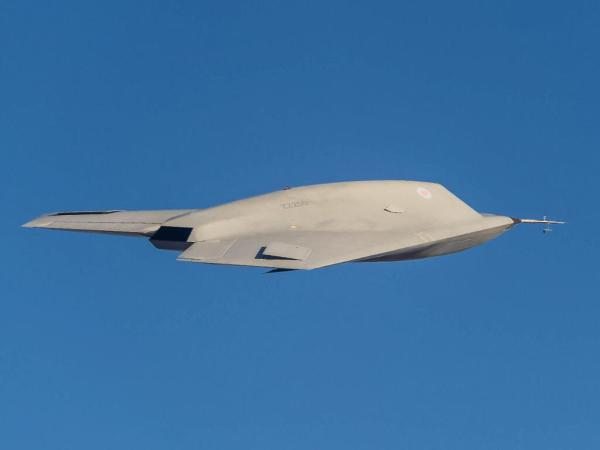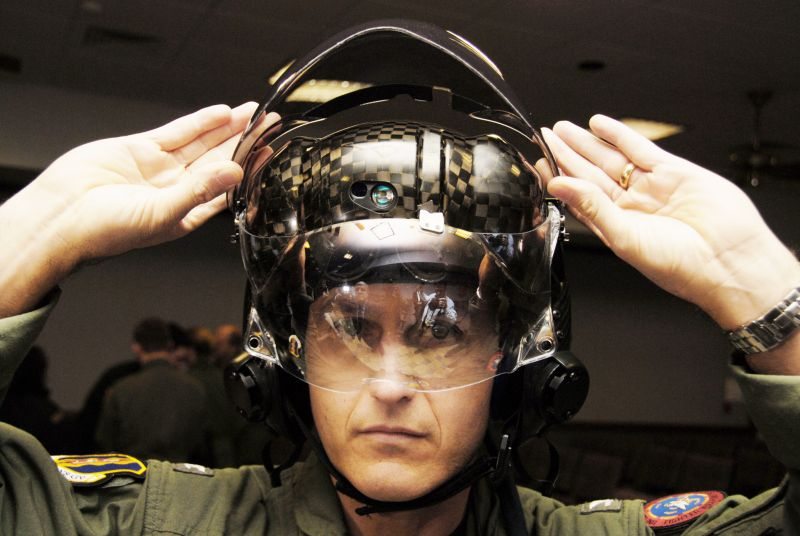Together with the UK Ministry of Defence (UK MOD) we have today revealed that Taranis, the Unmanned Combat Air Vehicle demonstrator, has successfully completed a second phase of flight testing
Taranis – the most advanced aircraft ever built by British engineers – flew in a fully ‘stealthy’ configuration, making it virtually invisible to radar during this latest set of trials.
In order to achieve an unprecedented level of stealth, the team changed all antennas on the aircraft to signature control variants and the air data boom on the nose of Taranis was removed. Following these modifications Taranis used a specially-designed system which allowed the aircraft to generate a full set of flight data, without the use of an external probe or boom.
Taranis also used a cutting edge communications system to ensure it was able to stay in touch with its mission commander without giving away its position to the enemy.
Minister for Defence Equipment, Support and Technology Philip Dunne said: “The success of these test flights is an important milestone for the Taranis project. We are gaining vital insights into the potential of unmanned aircraft and this knowledge will shape future capabilities and help reduce the risks faced by military personnel on the frontline. I am determined to continue investing in these world-leading projects to show us the future, today.”
Speaking on behalf of industry, Nigel Whitehead, our Group Managing Director said: “The first flight of Taranis last year was a significant milestone for UK aviation and this latest development underlines the UK’ s lead in unmanned air systems. The engineering data gathered from the latest phase of trials will help us develop the stealth technologies on Taranis further.”
Conrad Banks, Rolls-Royce Chief Engineer – Research and Technology, Defence, added: “Successful propulsion integration was another key highlight of the second trial phase, with the fully embedded and ‘hidden’ Adour Mk951 engine operating flawlessly coupled with the highly complex and stealthy exhaust system.”











